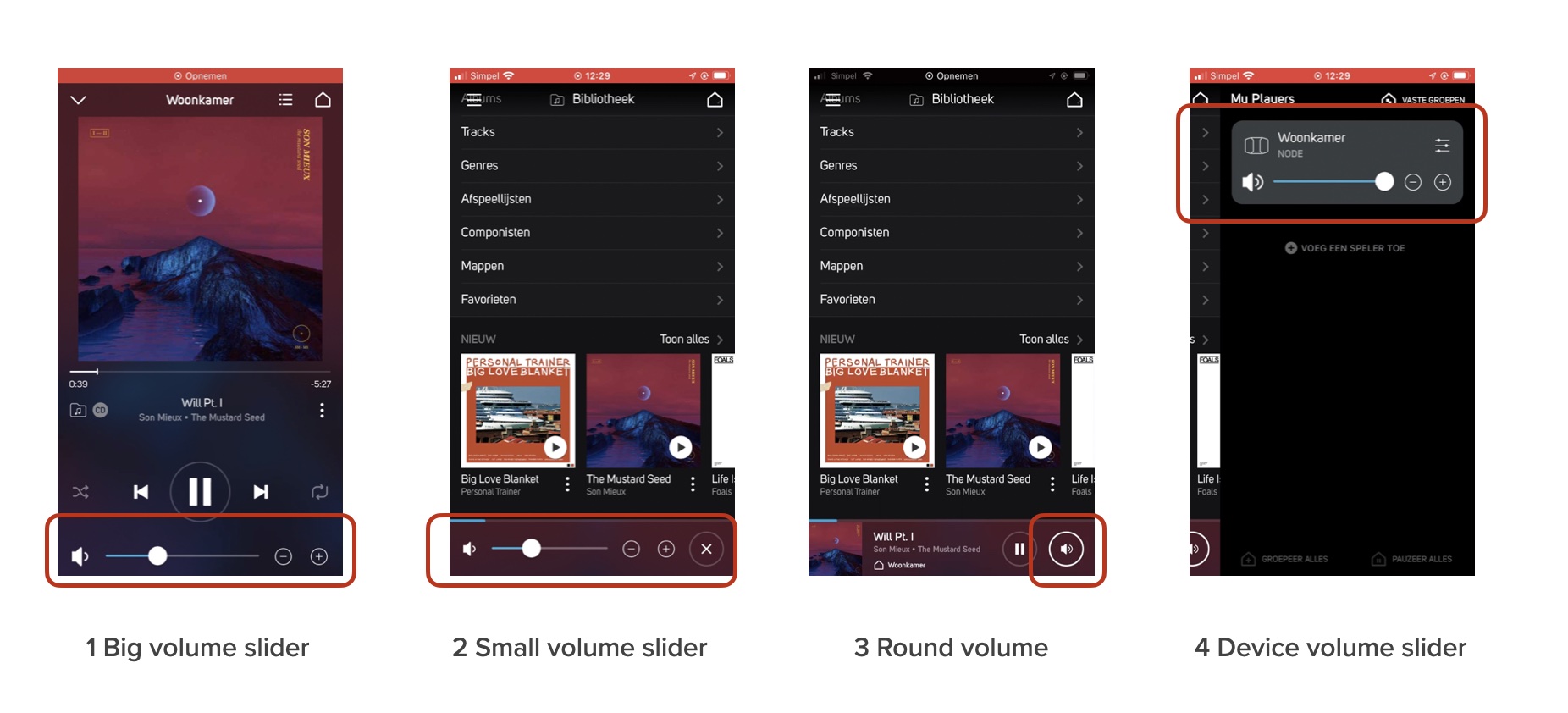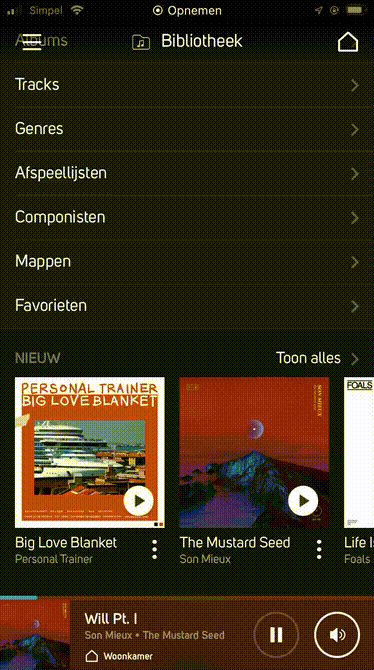BluOS volume control in iOS broken?
AnsweredHi,
What is wrong with the Volume Control on iOS? (iPhone 12 Mini - iOS 15.5)
If I change the volume in BluOS the volume slider is back to the last preset!
Thanks in advance!
-
Ron
Your issue has been escalated to our Support Crew to investigate. the issue you are seeing is often caused when using an endpoint solution such as Spotify or Apple AirPlay and you alter the volume on your phone. Our Support Crew will likely ask for you to send them a log file so they can investigate.
0 -
Thank you David. S
Your post does a wonderful job of illustrating what I stated here; https://support1.bluesound.com/hc/en-us/community/posts/6436842646039/comments/10922819389335
What you are seeing is the exact problem. Bluesound Players are not stored on the App. The App periodically opens and then surveys the network to locate players, and their exact status. This process may take as long as 10-15 seconds on average. The illustration you are seeing is depicting exactly that as sources are stored on the Player and not the App. The App must poll the players, then display available sources to that player.
The volume issue you are seeing is the App is reporting Player A is grouped with Player B, but has not received the poll results from Player B, as a result, the volume is not changing when you move the slider.
There is nothing to resolve in the App, the issue is network lag or network polling and the solution is please wait a few seconds before making volume adjustments.
0 -
Does using the ON/OFF button on the RC1 remote sometimes make the the M1 totally dead (needing a powercycle to turn it back alive) : Yes
0 -
@David S
Have you been able to reproduce the issue after rebooting the app?
0 -
@ Francesc
Once the App is completely closed and opened again, it works flawless as long as playback is running. Once stopped, the probability that the bug comes back after some minutes or hours is really high, but not for 100% sure
0 -
@David,
Fully get you. My comment was fully ironic.
0 -
Another example.

From a functional perspective what you can see here is that out of four volume sliders two have different values and are incorrect.
In my opinion this is inconsistent in any way. Because each volume indicator should use the same value within the App.
In other words, the right value of the volume slider is available in the app, it is just not used correctly in letting all volume sliders show the correct value.From a technical perspective my suggestion would be to let the iOS developers check the code on how they implemented the update of the four different volume sliders. It can be the case that that design / architecture need some improvements.
 0
0 -
My iPad also can't remember the volume setting in most cases. In case this hasn't been mentioned already...maybe what I'm contributing is too simplistic, but the iPhone, when I listen to tunein radio, only has one volume slider. The iPad has two of them. One becomes visible down and wide when I switch from start/pause to volume setting. That's the one that is known to go haywire. But when I click on the radio station in the iPad, which is small placed at the bottom, the image of the station becomes large and below that I have a smaller volume slider. This slider is always right and does not slip.
The iPhone on the other side automatically shows the radio station large when I switch from start/lause to volume. I suspect that this slider is technically the same as the smaller slider on the iPad. It works flawlessly...always. So I join the people who suspect that the problem is specifically with the iPad control and not the network.The two iPad volume sliders are not synchronized in most cases, in other words the large slider is lost. This should not be difficult to fix?
0 -
Agreed.
So what is Bluesound not telling us?
Is this related to running the iOS controller software under iPadOS, which is actually a separate OS these days, and which might not behave exactly like iOS? I imagine that iOS and iPadOS will have diverged a bit by now. If not then why did Apple separate them?
Is there an unwanted overhead cost element involved given that each new controller OS probably requires a new app to be written and, so far, Bluesound hasn't done this.
0
Please sign in to leave a comment.




Comments
39 comments